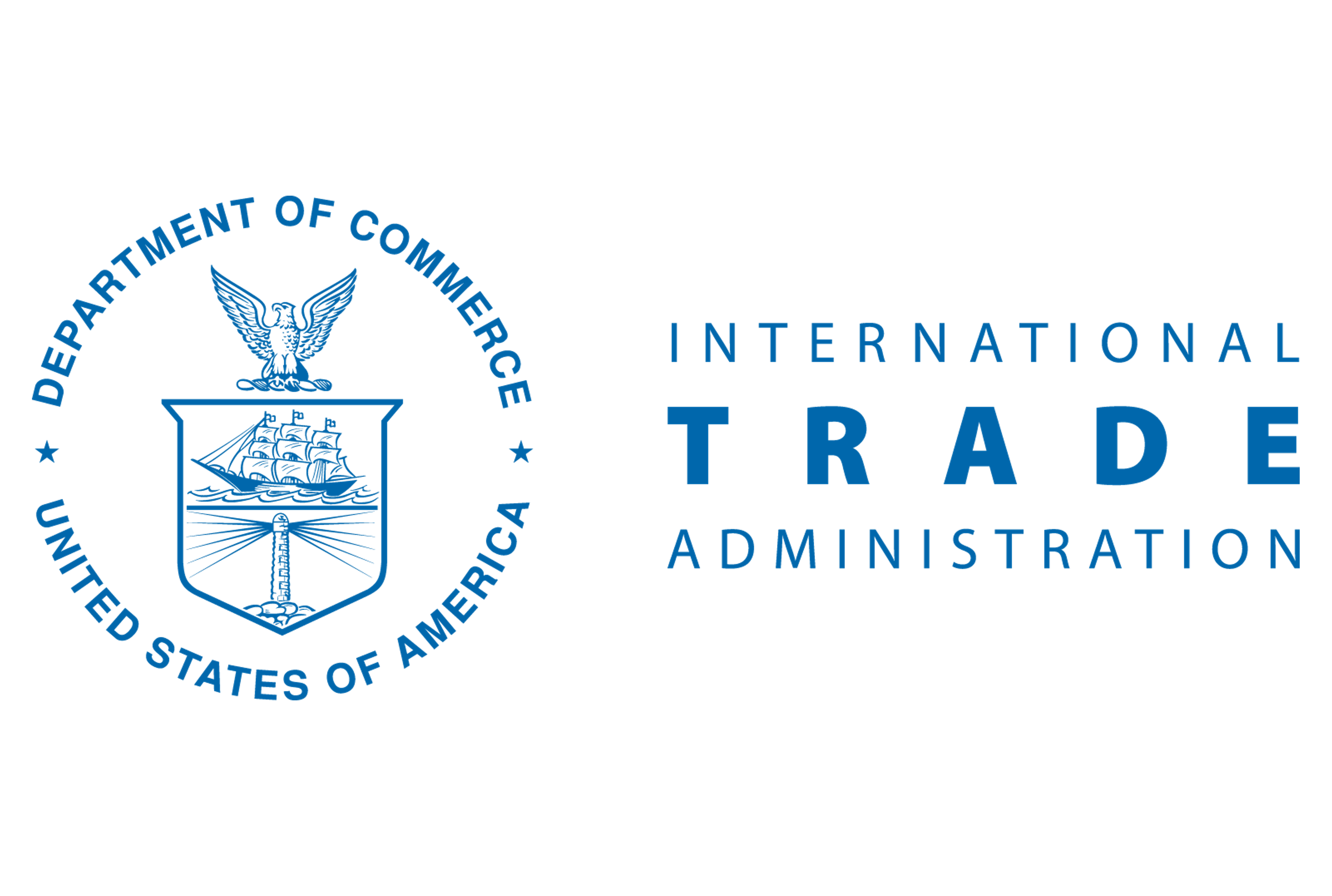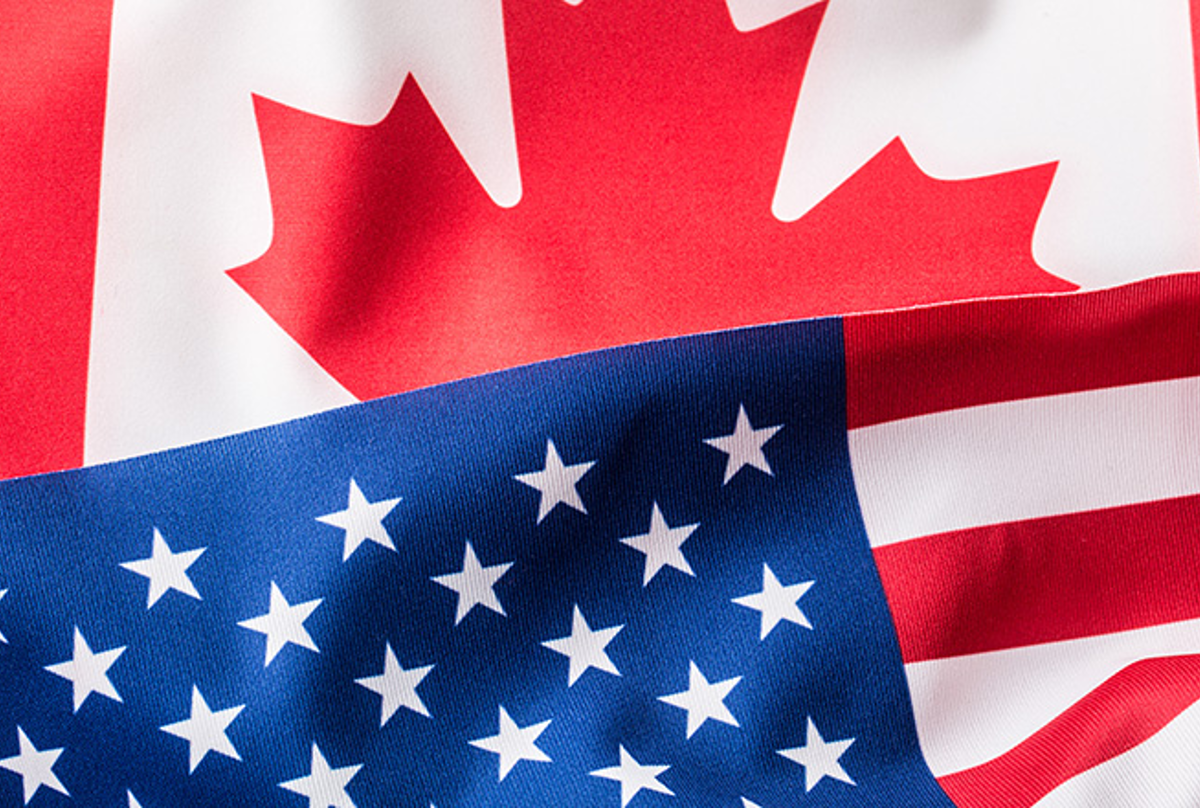Canada

July 11, 2025
Price: Reciprocal tariff changes and potential new tariffs for Brazil, Canada, others
Written by Alan Price & Ted Brackemyre
US customs duty collection for the fiscal year exceeded $100 billion in June 2025, surpassing that threshold for the first time in American history and resulting in an unexpected budget surplus of $27 billion for the month. Possibly buoyed by that news, it is no surprise that President Trump remains active on the trade front and aggressive in announcing and contemplating new tariffs. Indeed, this past week has seen another round of tariff announcements from the Trump administration, coupled with the potential for additional tariff actions in the coming weeks.
To start, on Monday, July 7, President Trump signed an executive order once again extending the suspension of the previously announced country-specific reciprocal tariffs. That suspension was set to expire on July 9 but has now been extended until Aug. 1. The administration sent tariff letters to many countries informing them of their new reciprocal tariff rates, which will take effect on Aug. 1. The president has also indicated that he may send additional, similar letters in the coming days and weeks. Until the current suspension is lifted and the new reciprocal tariff rates take hold, most countries remain subject to 10% reciprocal duties. The temporary reciprocal rate for China remains 30% and is not set to expire until at least Aug. 12. While steel products are largely excluded from the reciprocal tariff program, there are implications for many in the iron and steel industry.
This past week, President Trump also floated plans to impose additional 10% tariffs on BRICS member countries for adopting policies considered to be “anti-American.” BRICS member countries include Brazil, Russia, India, China, South Africa, Egypt, Ethiopia, Indonesia, Iran, and the UAE. To date, the administration has not formally announced a new BRICS tariff policy or provided any details, such as whether these tariffs would apply to all products and if they would be applied on top of other duty rates. The administration has also not defined what constitutes “anti-American” policies, but the president has previously targeted BRICS efforts to establish a new shared currency, viewing such plans as detrimental to the US dollar.
In addition to contemplated trade actions against the BRICS group, President Trump has taken specific aim at Brazil over the past week. On Wednesday, July 9, the administration issued its reciprocal tariff letter to Brazil, increasing the reciprocal duty rate on Brazilian imports from 10% to 50%, effective Aug. 1. In doing so, the president criticized Brazil for attacks on free elections and free speech restrictions, including on US social media platforms. President Trump also directed the US Trade Representative to initiate a Section 301 investigation of Brazil for these and other practices.
Any additional duties on imports from Brazil could have large impacts for the American iron and steel industry. According to the US Department of Commerce, Brazil was the second largest exporter of steel mills products to the United States in 2024, surpassing 4 million metric tons of steel products. Brazil is a particularly large source of slab imports, with Brazilian semi-finished steel products sent to the US market approaching 3.5 million metric tons in 2024. While it is not certain the extent to which the proposed Brazil tariffs will apply to steel products (or even go into effect), if enacted, they could have ramifications for iron and steel supply chains.
Even more recently, on Thursday, July 10, President Trump threatened to levy a 35% tariff on imports from Canada. While the details of the announced tariff increase are not clear, including the extent to which they would apply to USCMA-eligible goods, the president’s announcement indicated that the new tariff rate for Canada would also take effect Aug. 1. The same day, President Trump also floated that he may be increasing the baseline reciprocal tariff rate on most trading partners (currently 10%) to as high as 20%, while acknowledging that the exact tariff levels are still being worked out.
Beyond new tariffs, the administration is also negotiating agreements and understandings with individual countries regarding their reciprocal tariff rates and other trade issues. In May, the administration announced a framework agreement with the UK and a 90-day pause of trade escalation with China. Both agreements need further details to be finalized and issues addressed. President Trump similarly announced on July 2 a reciprocal tariff framework with Vietnam, which would appear to lower Vietnam’s rate to 20% for most imports. However, the details of that agreement have not been announced and there are differing accounts as to what tariff rates US and Vietnamese negotiators have actually agreed upon. More details are likely to emerge in the coming weeks.
So, what comes next? Most obviously, the Aug. 1 reciprocal tariff deadline looms large. And the Trump administration will likely be sending out additional tariff letters and seeking to finalize new agreements and frameworks before the end of the month. The details of potential new tariffs on Brazil, Canada, and others need to be worked out as well. The administration is also continuing to pursue sector-specific trade remedies, including the recently announced 50% Section 232 tariffs on copper, which are set to take effect on Aug. 1. And the president has previewed additional forthcoming Section 232 tariffs on semiconductors, pharmaceuticals, and potentially other sectors.
Regardless of what is next on the agenda, trade issues do not seem poised to leave the headlines anytime soon. And as recent developments show, the administration’s tariff policy remains ever-changing.
Editor’s note
This is an opinion column. The views in this article are those of experienced trade attorneys on issues of relevance to the current steel market. They do not necessarily reflect those of SMU. We welcome you to share your thoughts as well at info@steelmarketupdate.com.

Alan Price
Read more from Alan Price






